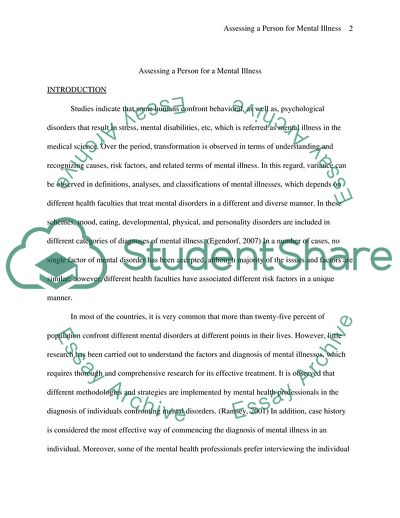Cite this document
(Assessing a Person for a Mental Illness Coursework, n.d.)
Assessing a Person for a Mental Illness Coursework. Retrieved from https://studentshare.org/psychology/1716089-assessing-a-person-for-a-mental-illness
Assessing a Person for a Mental Illness Coursework. Retrieved from https://studentshare.org/psychology/1716089-assessing-a-person-for-a-mental-illness
(Assessing a Person for a Mental Illness Coursework)
Assessing a Person for a Mental Illness Coursework. https://studentshare.org/psychology/1716089-assessing-a-person-for-a-mental-illness.
Assessing a Person for a Mental Illness Coursework. https://studentshare.org/psychology/1716089-assessing-a-person-for-a-mental-illness.
“Assessing a Person for a Mental Illness Coursework”. https://studentshare.org/psychology/1716089-assessing-a-person-for-a-mental-illness.


